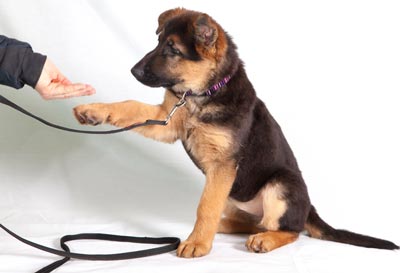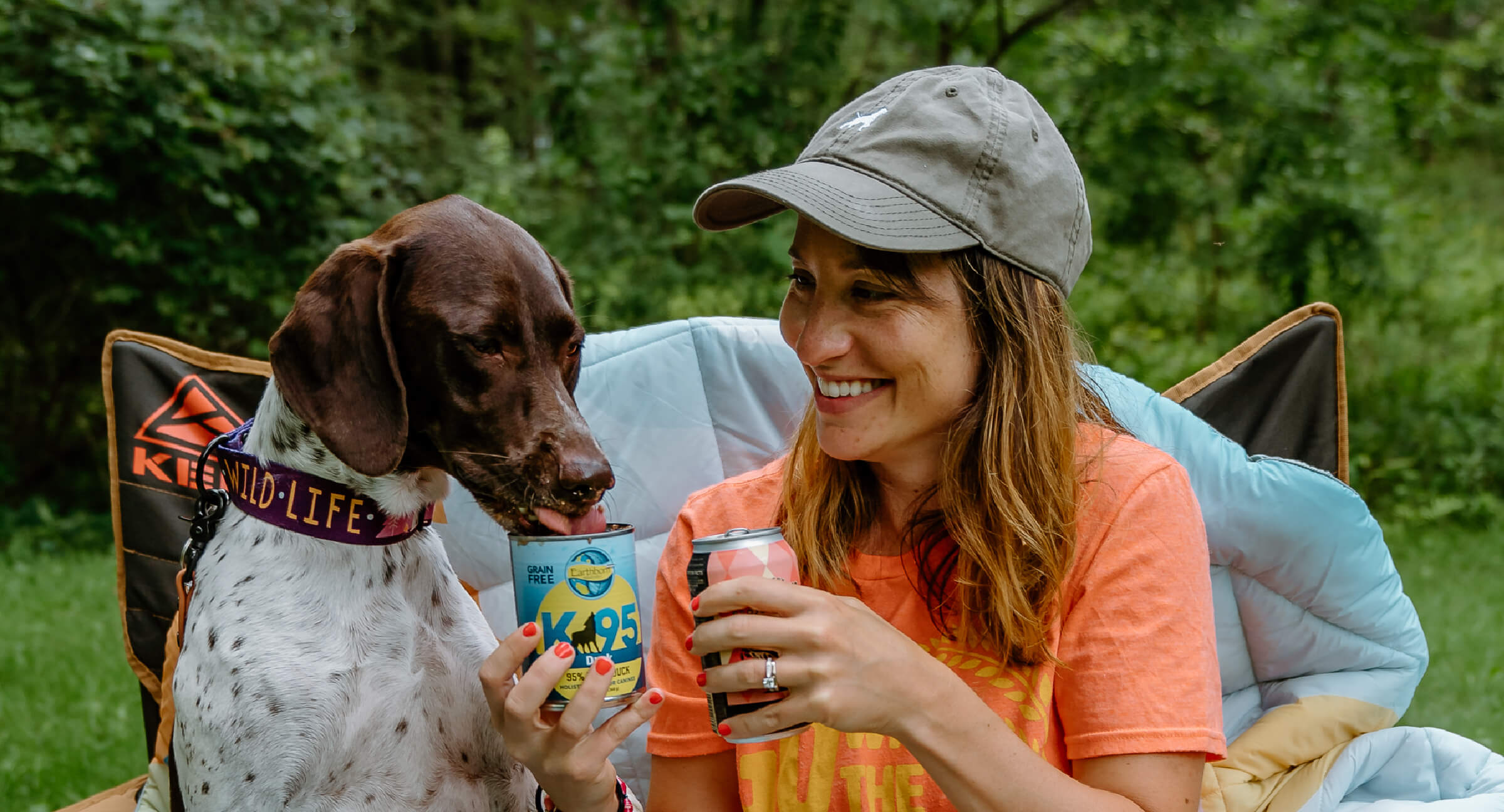Positive Reinforcement in Dog Training: A Humane Approach to Success
Beginner's Guide to Effective Pet Training at Home
Efficiently educating a canine at home calls for a nuanced understanding of canine actions and reliable interaction strategies. Developing clear training objectives, utilizing top notch incentives, and preserving uniformity across family participants are vital elements. Integrating training into everyday routines can boost both involvement and retention. Nonetheless, several novice trainers encounter obstacles that may impede development. To navigate these intricacies properly, it's important to discover a number of crucial facets that can change your approach and lead to a harmonious relationship with your pet dog. What fundamental principles should every beginner grip to ensure success?
Understanding Canine Actions
Understanding pet dog habits is important for reliable training and cultivating a harmonious connection in between people and their canine buddies. Dogs connect mainly via body language, articulations, and face expressions, making it crucial for proprietors to interpret these signals accurately. Identifying behaviors such as tail wagging, roaring, or cring can offer understandings into a dog's emotion and purposes.

Common behavior problems, such as aggression, anxiousness, or excessive barking, frequently come from misconceptions or unmet requirements. Observing and addressing these problems without delay can prevent rise and make sure a favorable training experience. By cultivating a deep understanding of pet dog behavior, owners can customize their training methods to fit their canine friends, eventually bring about a contented and mannerly pet dog.
Necessary Training Tools
A well-appointed training space can substantially boost the efficiency of canine training in the house. Vital training devices ensure that both the trainer and the pet can engage in effective sessions that foster learning and bonding.

Investing in a sturdy leash and a comfortable, well-fitting collar or harness is vital for safety and security and control. These tools assist develop boundaries and ensure the canine stays safe throughout training. Furthermore, a marked training area, devoid of disturbances, help focus for both the dog and the instructor.
Training aids such as training pads, cones, or agility equipment can also boost the experience by introducing variety and difficulties. Finally, having a notebook or digital application for tracking progression can be invaluable, enabling you to note successes and areas for improvement. Utilizing these necessary tools will certainly develop a favorable training atmosphere and lay the foundation for efficient learning.
Developing an Educating Routine
Establishing a consistent training regimen is important for reliable pet dog training in your home. A well-structured regular not just helps in enhancing preferred actions yet likewise gives your dog with a feeling of protection and predictability. website here To develop an efficient training routine, start by determining specific training objectives, such as standard commands, chain walking, or house-training.
Select a designated time daily for training sessions, ideally when your pet is responsive and sharp. Sessions should be short, roughly 5 to 15 mins, to keep emphasis and avoid fatigue. Uniformity in timing and setting will enhance your pet's knowing experience.
Integrate training into everyday tasks to enhance skills. Practice commands during walks or mealtime, which incorporates finding out right into all-natural routines. Additionally, continue to be versatile and readjust the regular as essential, suiting your pet dog's energy degrees and state of mind.
Positive Support Techniques
Positive support methods are basic to reliable pet training, promoting preferred behaviors with rewards instead than punishment. This approach makes use of favorable stimuli, such as deals with, praise, or play, to encourage pets to repeat specific actions. The foundation of this method is timing; rewards need to be provided instantly following the preferred behavior to produce a clear organization.
When executing positive support, it is important to pick incentives that are encouraging for your canine. High-value deals with, such as small items of poultry or cheese, can be especially reliable during training sessions. In addition, varying the benefits can keep your pet dog's rate of interest and excitement.
Begin with basic commands, like "sit" or "remain," and gradually development to extra complicated tasks. Consistency is essential; make sure that all relative utilize the very same commands and reward systems to avoid complication.
Additionally, it is vital to stay person and prevent stress. Canines, like human beings, find out at their very own pace. By promoting a helpful training setting with positive reinforcement, you can boost your dog's knowing experience while enhancing the bond in between you and your hairy companion, laying the foundation for successful training results.
Usual Educating Obstacles
While educating a dog in your home can be a gratifying experience, it usually features a collection of common difficulties that can check both perseverance and consistency. One prevalent issue is distraction. Pets may end up being quickly sidetracked by noises, activities, or perhaps aromas in their environment, making it difficult to maintain their focus throughout training sessions.
One more obstacle is variance in commands and support. It can prevent and puzzle the pet dog development if family members use different cues or incentives. Developing a unified technique is important for effective communication.
In addition, pet dogs can experience aggravation or stress, especially if they do not understand what check these guys out is anticipated of them. This can cause unfavorable behaviors, such as barking or chewing.
Lastly, the timing of reinforcement is critical (Dog training). Postponed benefits can decrease the performance of positive support, as pet dogs may fall short to link the habits with the reward
Getting over these obstacles needs commitment, helpful site clear communication, and an organized training plan. Acknowledging and resolving these usual obstacles will certainly pave the means for a much more successful and delightful training experience at home.
Verdict
In conclusion, effective dog training at home demands an extensive understanding of canine behavior and effective interaction methods. By developing clear training goals and using top notch treats along with favorable reinforcement, the training process becomes much more fulfilling for both the trainer and the canine.
Establishing a constant training regimen is vital for reliable canine training at home.Favorable support methods are fundamental to reliable dog training, promoting desired behaviors through rewards instead than penalty (Dog training). By fostering an encouraging training setting through positive reinforcement, you can improve your dog's learning experience while reinforcing the bond in between you and your fuzzy companion, laying the foundation for effective training results
In conclusion, effective dog training at home necessitates an extensive understanding of canine habits and effective communication strategies. By establishing clear training goals and making use of high-grade treats alongside favorable reinforcement, the training procedure ends up being much more rewarding for both the dog and the instructor.